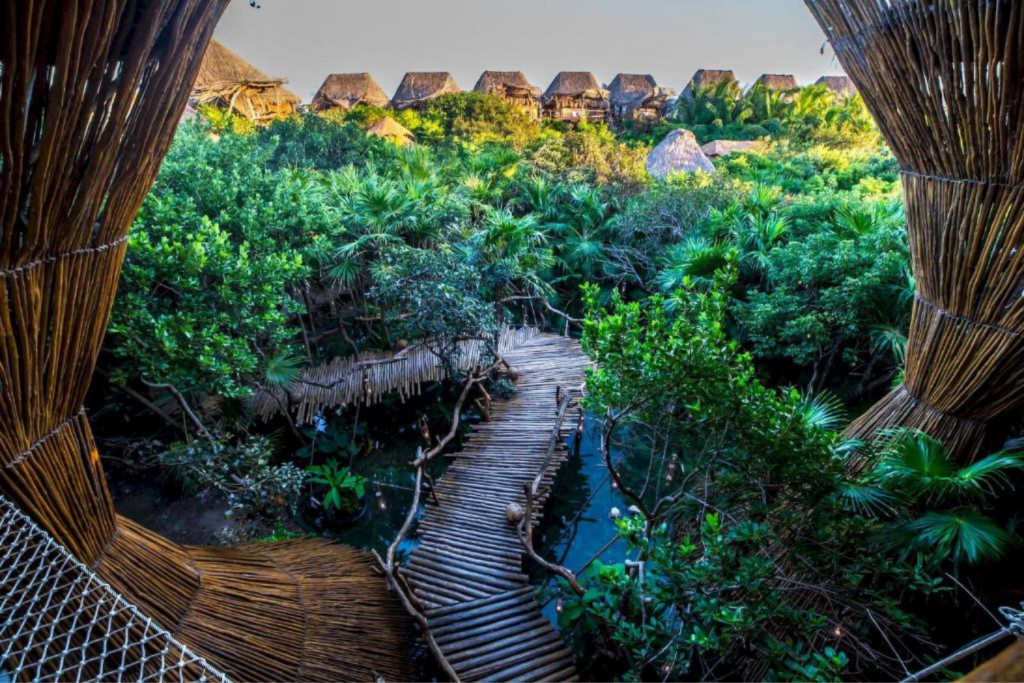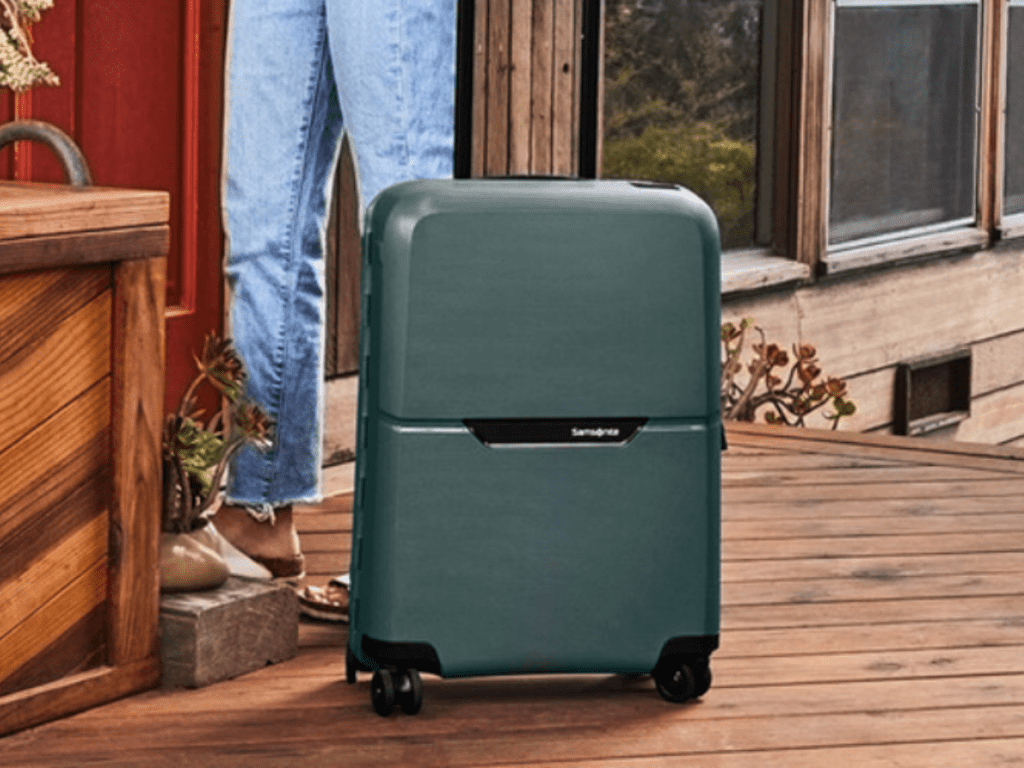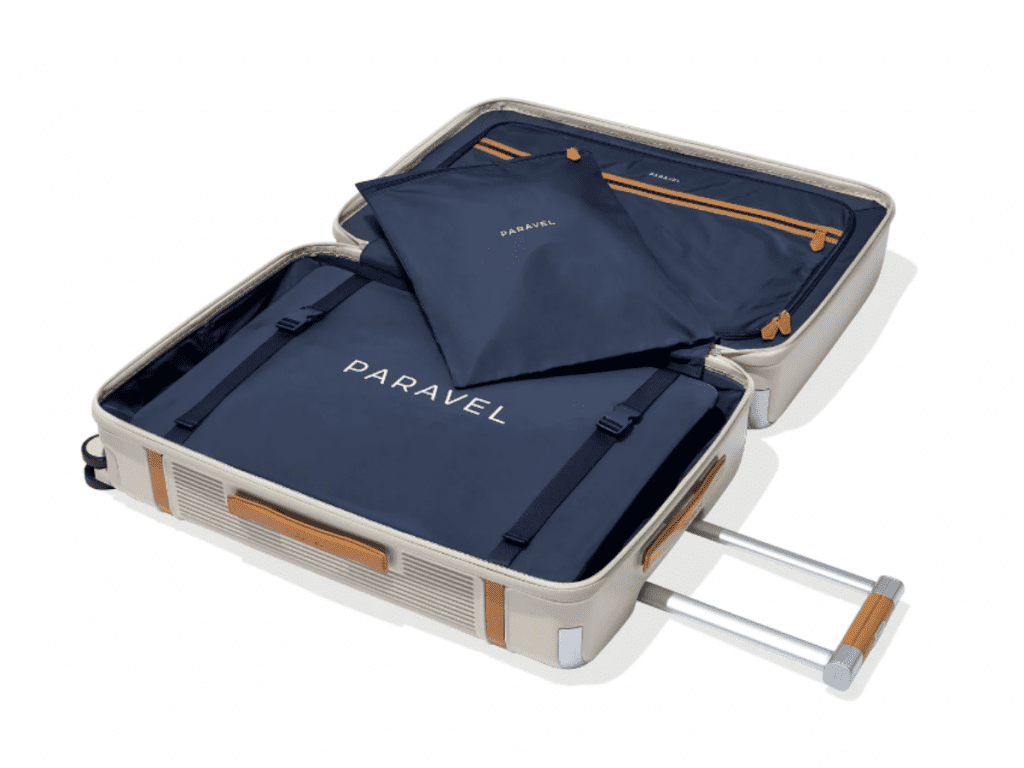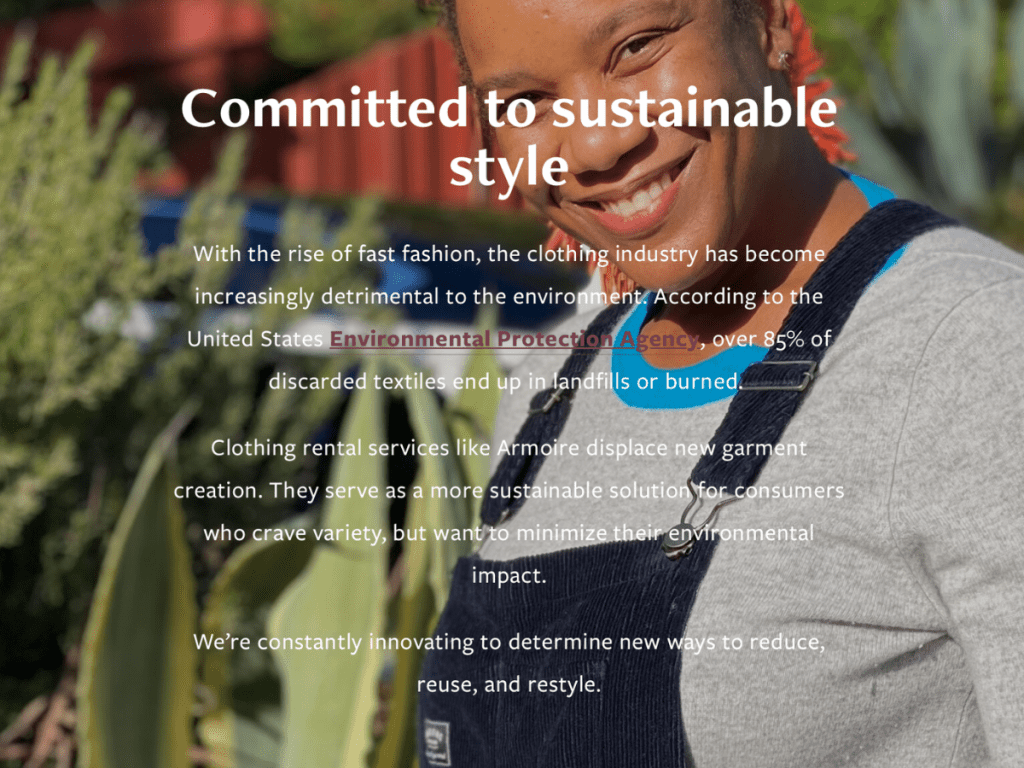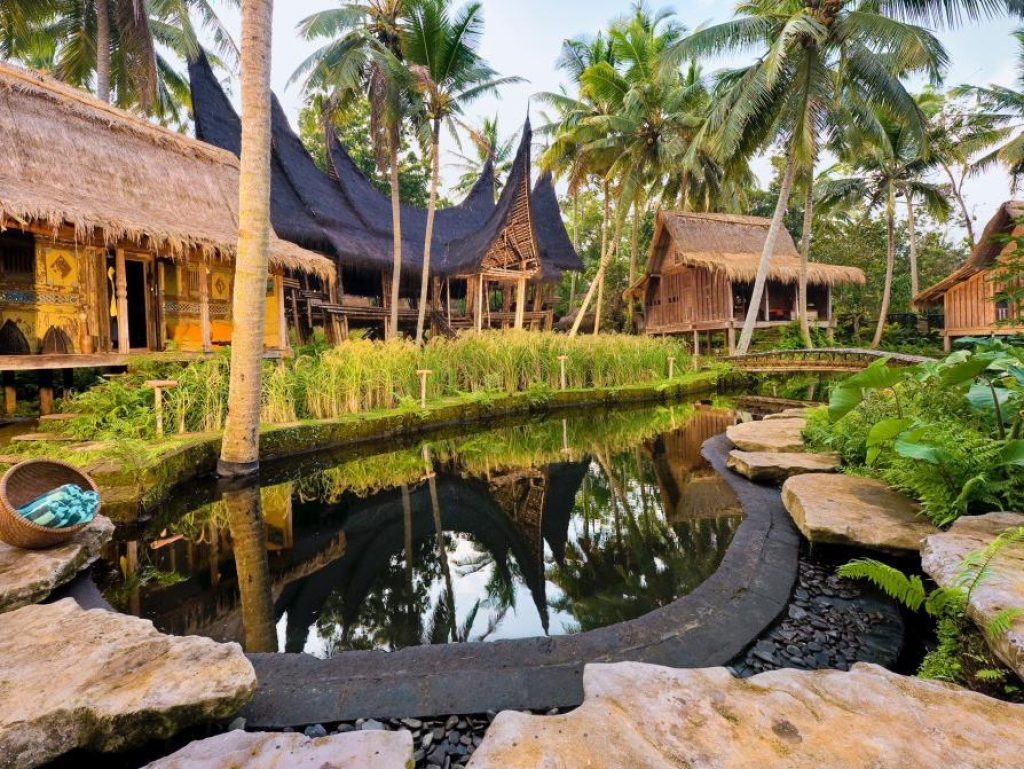Are you looking for an eco-friendly way to travel? In this ultimate eco travel guide you’ll find everything you need to help make your travels greener and more sustainable.
Whether you’re a seasoned traveler or just starting out, this guide is sure to give you the confidence and knowledge needed to become an eco-savvy wanderluster.
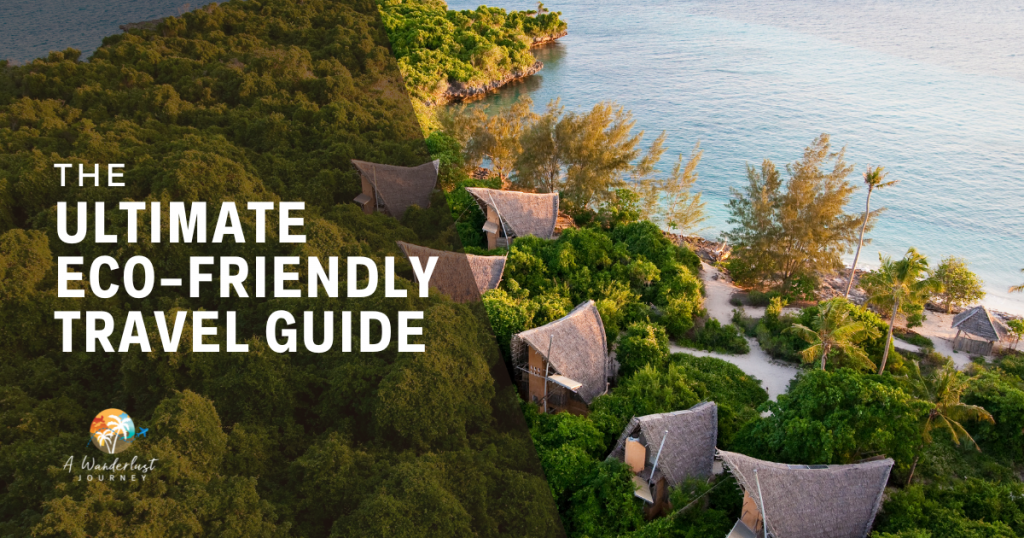
Sustainability and eco travel is the way of the future as many people look to make their vacations more eco-friendly and sustainable. This ultimate eco travel guide is a perfect resource to keep handy to help you plan your eco trip successfully.
Whether you are looking to take small steps like finding environmentally conscious lodging options or completely diving in, this ultimate eco travel guide will walk you through the process. You’ll become a travel eco pro in no time!
From the top green airlines and green accommodations to forward-thinking eco initiatives in certain destinations and sustainable travel essentials and eco-friendly fashion – taking steps (big or small) toward sustainable practices can help reduce your carbon footprint.
In this eco travel guide, I’ve included my top recommended travel resources to help you plan your next trip with an eco-conscious approach.
Here is My Ultimate Eco Travel Guide…
Disclosure: Some of the links in this article may be affiliate links, which can provide compensation to me at no cost to you if you decide to make a purchase. These are products I’ve personally used and stand behind. You can read disclaimer here.
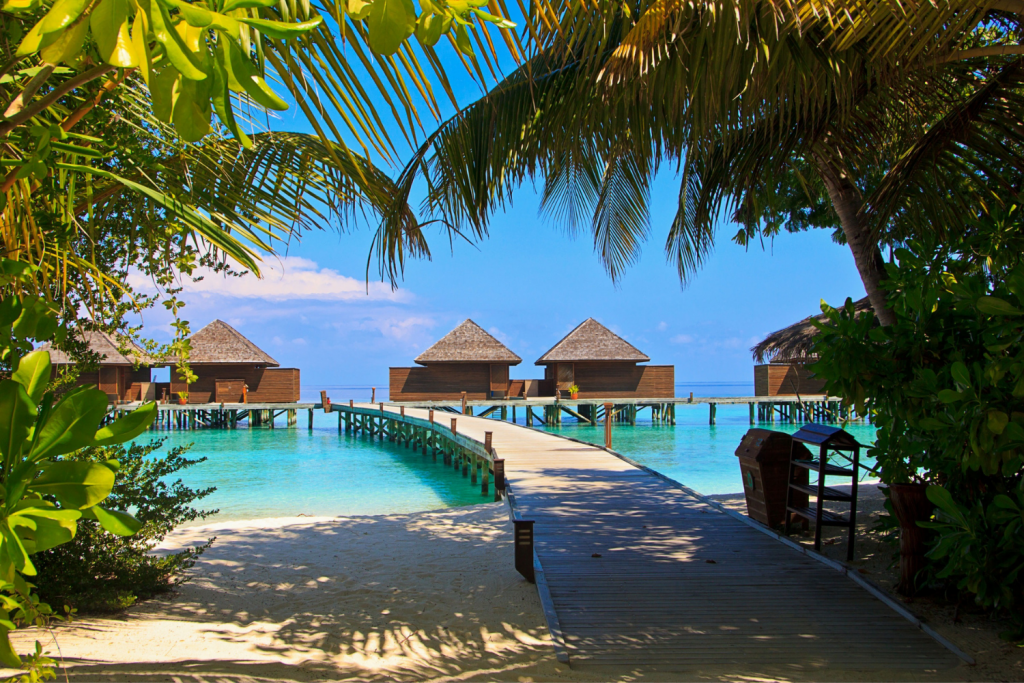
Table of Contents
ToggleWhat is Eco Travel?
Eco-travel is a form of tourism that minimizes the negative environmental impact. It’s all about sustainable living and making conscious decisions while traveling. It can be as simple as opting to use public transportation, walk or ride a bike, instead of renting a car; unless it’s a “green” car.
Planning an eco-friendly trip ahead of time makes it easier to adapt to. For example, plan your stay in an area where access to farmers markets, healthy food grocers, and activities you’re interested in can be easily accessed by walking or riding a bike.
If you’re on board with implementing conservation practices, reducing your carbon footprint and making better choices that could impact our planet, the animals and your health, then you are already off to a great start!
What is Ecotourism?
Ecotourism is a form of sustainable travel that focuses on the natural environment and improves the welfare of local people. Ecotourism is an important part of the tourism industry, and has grown rapidly in recent years. It’s not just about visiting a place, but also about being aware of your impact and taking actions to reduce it.
Tourists who actively participate in ecotourism generally behave responsibly, such as not littering or polluting the water, avoiding the damaging of fragile ecosystems and disturbance of wildlife, eating locally grown food, participating in eco-tours, staying in eco-friendly hotels or resorts and supporting local communities by buying locally made products.
Key actions that sum up ecotourism:
- Supporting local communities and business owners to help create a positive impact
- Reducing the negative impact on the natural environment
- Avoiding actions that negatively impact the local population
It never dawned on me how travel can have such an impact on our planet until I opened myself up to learning more about sustainable lifestyle practices. After all, how we live and what we do in our own living environment is where it all starts.
It is our duty and responsibility as inhabitants on this planet to help preserve Mother Earth’s natural beauty and wondrous gifts for our life’s longevity and that of future generations.
To bring light to eco-friendly travel, Booking.com recently released their 2022 Sustainable Travel Report with insights reflecting the growing demand for more sustainable travel options across the globe.
In order to help hotels and businesses become more sustainable and eco-friendly, the International Ecotourism Society created eight principles of ecotourism as guidelines for the tourism industry to guide themselves by.
Keep an eye out for these principles as it makes it easier to find the best eco-friendly hotels and tours.
Free Travel Itinerary (pdf download)

Eco-Friendly Travel Essentials
Eco-travel starts with you and way before stepping onto a plane, train, or bus. Here is a list of my favorite eco-friendly travel essentials to help you reduce your environmental impact while traveling –
- Pack biodegradable straws you can discard without guilt
- Take with you a reusable cutlery set to avoid using plastic ware
- Opt for using a reusable water bottle instead of bottled water
- Replace your single use makeup remover wipes with these organic reusable bamboo makeup remover pads
- Reduce your plastic usage and switch to Viori shampoo and conditioner bars and body wash bar (takes up much less space too!)
- Switch to zero waste deodorant
- Opt for toothpaste tablets and a bamboo toothbrush to reduce plastic waste
- Bring along a pack of water soluble laundry detergent sheets
- Use reef-safe sunscreen and lip balm to protect your skin and sea-life
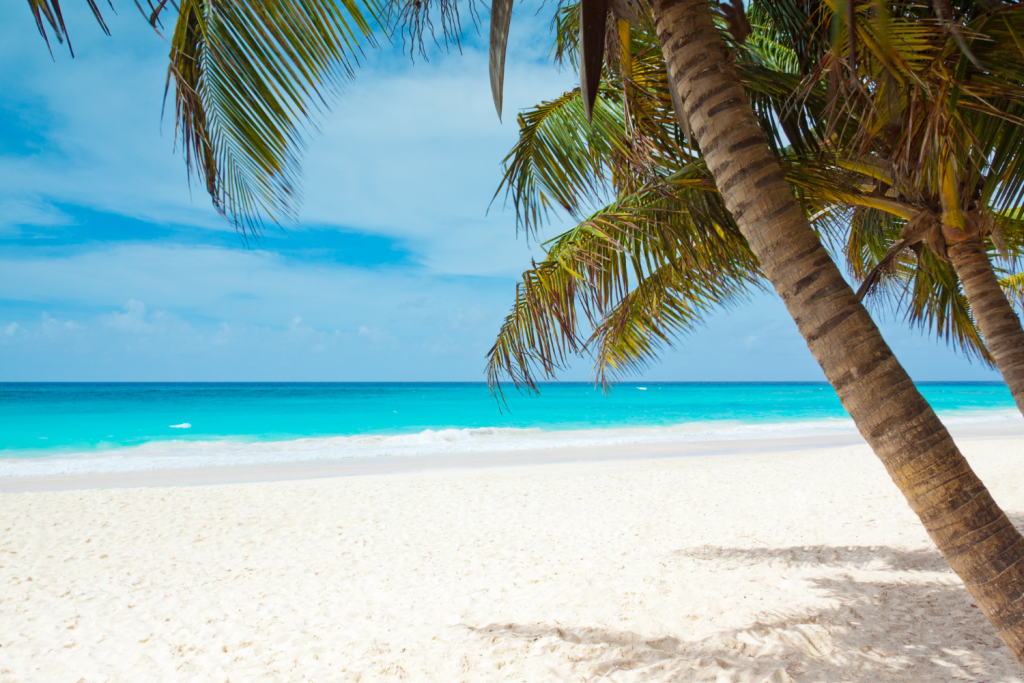
Sustainable Travel Fashion
The fast fashion industry has a massive impact on our environment. In recent years, I’ve done my best to educate myself on the topic to make better purchasing decisions and to support brands that are making an effort to reduce waste and resource consumption.
I especially love brands that upcycle plastic waste and promote ethical work environments! Here are some of my current favorite sustainable fashion items and brands:
Ethical and Sustainable Sleepwear by Maylyn & Co
Luxurious vegan and cruelty-free sleepwear, loungewear and pillowcases are PETA approved and made with high ethical standards and sustainable practices. View prices and availability here >>
Samsonite Eco-Collection Luggage and Bags
I’m a big fan of Samsonite for their quality in luggage and even more of a fan of their eco-luggage collection made from recycled materials to reduce waste.
Eco-Friendly Travel Luggage and Bags
Paravel is another brand making major strides in Earth friendly practices. Their luggage and bags are not only beautiful and stylish, they are made with upcycled, eco-certified materials.
Their decision making process is based on sustainable practices with a focus on reducing and offsetting carbon emissions as well as planting trees in depleted ecosystems.
United By Blue Weekender Bags and Travel Backpacks
This ethical company is doing great things for our planet including cleaning up pounds of waste from our oceans and waterways for every item sold. And, to top it off, their travel bags are made with recycled plastic bottles and polyester!
Another eco-brand that gives back and uses recycled poly and organic, eco-friendly canvas to make sustainable duffle bags is Lo & Sons – a minority family owned business on a mission to inspire positive change for a greener way of life and travel.
Loungewear by Pact
What I love about Pact is not only that they are Fair Trade Certified but their clothing is that they take pride in their clothing process using sustainable crops, organic farms, and chemical-free dyes to ensure every piece of clothing supports our beautiful Earth.
Rent Clothing for Sustainability
Armoire Style is a rental service that is changing the way we shop to better serve the environment. With each package rental, you help save carbon emissions roughly to the effect of planting three trees.
By renting versus buying new clothes each time, you not only get more high quality clothing and variety without the cost, it’s 82% more carbon efficient.
Ethical Sneakers
Travel in style and comfortability with the IBI vegan Cariuma sneakers made from plants and recycled plastics while using bamboo for its fast self-regeneration without damaging the tree or soil.
What’s even better is that for every pair you buy, they plant 10 trees to help restore the biodiversity and carbon-capturing potential of this critical ecosystem, where only 12.4% of the forest floor remains due to widespread deforestation.
Get your ethical sneakers here >>>
Veja is another great eco-friendly sneaker alternative doing great things for the environment.

How to Choose a Green Airline
Something you may not often think about when booking your trip is how airline travel affects our environment. Not only does flying have a massive carbon footprint, it uses a ton of resources such as fuel, plastic cups and large amounts of food waste with each flight that goes out – An estimate of 22.2 million domestic and global flights worldwide, according to Finances Online.
Sadly, this number will continue to increase while adding to the overall carbon emissions that also continues to rise each year as more and more people turn to the skies for travel. Especially after the long travel hiatus during covid in 2020-2021 making people antsy for take off!
Despite the increase in travel, airlines are working hard to keep emissions low by utilizing more efficient planes, better biofuel alternatives, and making every effort to burn less jet fuel. And while there are some airlines “greener” than others, the perfect eco-airline doesn’t exist (as of yet). The best thing you can do is compare flights and airlines for future trips.
Here are some things to consider
- How old is the plane? This is important because older plane models tend to use more resources while newer ones are designed to reduce drag and fuel consumption. Although you may not know the exact plane you’re flying in until you book your trip, you can search the airline you may be planning to book ahead of time to learn the type of aircraft they use. You can also do a quick search on the plane after booking. Most airlines give you 24 hours to cancel and rebook another flight if you change your mind.
- Does the airline offer sustainable food options? Look for airlines that provide vegan and vegetarian dishes as they are more environmentally conscious than consuming animal products.
- What does the airline use for serveware and meal packaging? Find out if they use plastic straws, trays, and cups or do they use eco-friendly compostable or biodegradable packaging? Most airlines are still using plastic which is why it’s better to pack your own cutlery and reusable supplies when embarking on your trip if that’s the case.
- Does the airline employ sustainable practices when it comes to their pillows and blankets? How do they handle their used pillows and blankets? This is something you’ll want to know before you opt for that “comfy” pillow or “warm” blanket on board. Another option is packing your own travel pillow or blanket depending on the airline you’re flying on.
Highest Ranking US “Green” Airlines
- Delta Air Lines
- Alaska Airlines
- American Airlines
- Jet Blue
Highest Ranking International “Green” Airlines
- Virgin Atlantic
- KLM Royal Dutch Airlines
- Xiamen Airlines
- Cathay Pacific
- Etihad
- Norwegian
- Air New Zealand
- Air Canada
- Air France
- Japan Airlines
How to Choose Eco-Accommodations
There are tons of eco-friendly accommodations that are popping up all over the world and there are no signs of stopping. The Earth is in a serious deficit. So it’s with good reason that more hotels and resorts are becoming eco-friendly and animal-free. Some are even transitioning 100%.
It’s a good sign indeed. But sadly, still not enough. We have to all continue to do our part to help save our planet. Whatever is left of it.
But no matter the style of eco-lodge, resort or hotel you are looking for, there is something to fit every budget while still contributing to making a difference.
An eco-lodge and eco-resort are remote accommodations generally found in beautiful natural environments that include exotic islands, forests and mountains while eco-hotels are typically located in cities and towns.
Despite their locations, they all take responsibility toward minimizing the negative impact on the environment.
What to Look For In An Eco-Lodge or Eco-Resort
- Renewable energy sources
- Recycling services
- Eco-friendly toiletries
- Energy efficient lighting
- Locally sourced food
- Plant-based food
- Organic linens
- Non-toxic cleaning supplies
- Non-disposable dishes
- Water conservation methods
And other sustainable methods.
Because most eco-resorts and lodges are situated in the natural environment, they tend to depend more on natural resources versus eco-hotels which rely on city resources.
They are also typically more active in nature and wildlife conservation while focusing more on educating guests on local ecosystems and communities.
Eco-lodges and eco-resorts will also work to build positive relationships with the local people, employ them at fair wages, support initiatives designed to uplift the local community and provide guests with environmental activities that help educate and contribute to the local economy.
If you want more of an economical option and don’t mind roughing it, taking outdoors would be your best bet. Camping or even glamping are great eco-accommodation alternatives.
Consider an RVshare rental instead of flying for a longer stay at an eco-friendly campground like KOA – Leader of the campground community with its Campground of the Future project which has big plans for the future of eco-camping.
When selecting a campground, check for those that are recognized by KOA’s Kamp Green certification or the ARVC’s Plan-It Green Friendly Park program. These initiatives are responsible for certifying campgrounds that meet certain criteria for sustainability.
If you do opt for an eco-campground, keep in mind that you may need to use solar-powered devices and eco-toilets to help reduce your environmental footprint.
When visiting a new destination, check for hotels that are eco-certified by leading standardized programs like Green Globe Certification or Green Key Global.
Where to Find Eco-Accommodations
There are many eco-accommodation sites designed to help you find some of the best accommodations from around the world. Here are some of the best platforms you can start with:
- EcoBnb is much like AirBnb but for eco-friendly properties.
- Green Pearls makes it easy to search for “green” and eco-friendly hotels worldwide based on your desired vacation type.
- VRBO is more eco-friendly than staying in a hotel or resort as long as you practice sustainable habits that include water and energy conservation as well as food waste. Keep an eye out for eco-friendly properties.
- Homestay is another great alternative to large hotels and resorts that will also help offset your carbon footprint. Although not specific to eco-accommodations, this site still offers a variety of lodging options. Many of which also implement sustainable practices. Look out for these!
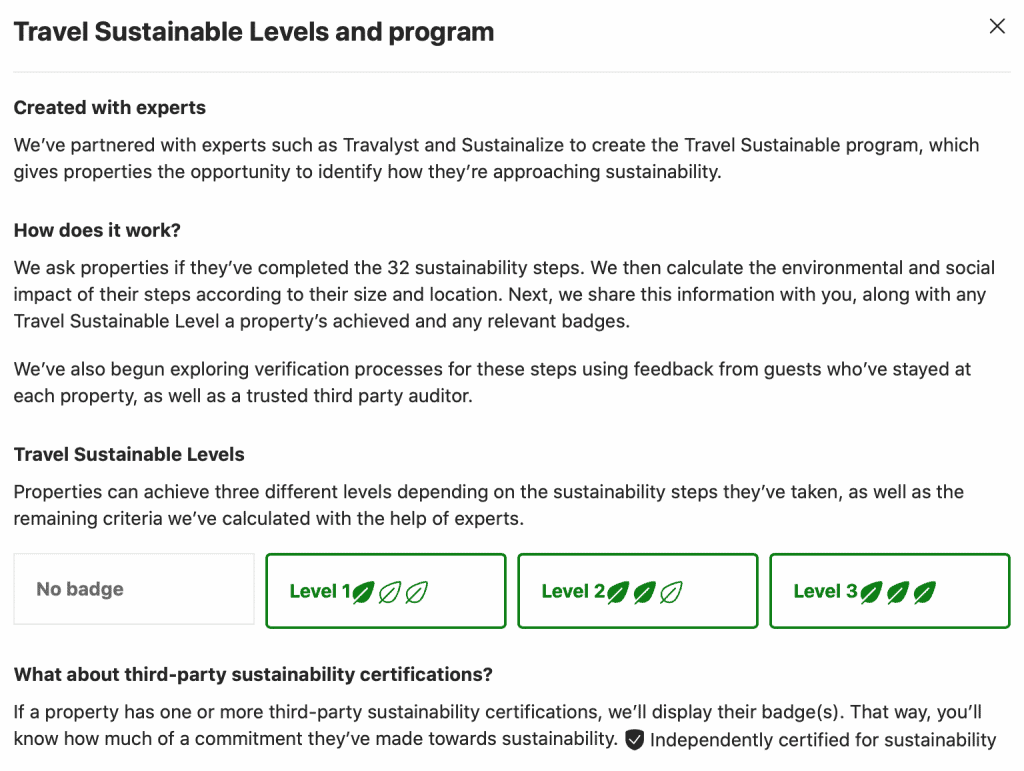
- Booking.com does a great job at helping you identify environmentally friendly hotel options with sustainability leaf markers and will let you know when a hotel has been independently certified as a green hotel for responsible travel.

Green Travel Tips
Avoid Single Use Plastic Bottles: Disposable plastic items such as plastic bottles don’t biodegrade. If they do, the process takes thousands of years and pollutes the environment. To avoid this, take a reusable water bottle on your trip so you can use as few single use bottles as possible.
Respect the Local Customs: Before you visit a destination. make sure you research the local customs and respect them once you’re at the destination.
Spend Locally: Make sure you invest some of your budget in supporting local communities. Shop local, drink local, and eat local! If you stay at an all-inclusive hotel, you’re unlikely to invest much into local communities and support local residents. This applies especially to developing countries.
Say Yes to Carbon Reduction Projects: Many companies, especially airlines, offer the option to offset some of your carbon footprint by investing some money in a carbon reduction project.
Say No to Plastic Bags: Many destinations, especially in Asia, will give you a plastic bag with everything you buy. Bring a reusable bag and just say no!
Visit Popular Tourist Destinations Outside of Peak Season: Popular cities worldwide, such as Venice, Barcelona, and New York, can get extremely overcrowded during the peak summer months, not to mention plaguing the local population. Consider visiting during low season (ensuring you stay at a sustainable accommodation option). The same applies to non-city destinations where mass tourism can damage the environment and local ecosystems.
Summing it Up
While we may not all live a 100% sustainable lifestyle, making every effort possible to do our part in reducing our carbon footprint in every way possible can make a difference.
Our planet deserves this respect and needs the love, now more than ever if we want her to be around for future generations.
Some of the ways we can reduce our carbon footprint when traveling is by choosing eco-friendly hotels, eating a sustainable, plant-based diet, travel less overseas and plan more local trips to reduce flight travel. Also, opting for reusable cups, straws, utensils versus plastic to reduce trash.
If you want to join the movement toward healing our planet and ensure you are implementing practices that are eco-friendly when you travel, I’ve put together this guide on ways to start becoming more “green” in your travels.
Even if you don’t implement them all, starting with a few things is better than doing nothing at all. All you have to do is take the first step.
Final Thoughts
We are all human and oftentimes we have a tendency to fall back into old habits. After all, we are creatures of habits. But, that doesn’t mean we can’t reverse them.
You can’t expect to be perfect. That’s a recipe for failure. You can, however, expect to become better with each new day. As long as you make a conscious effort to create better habits and make better decisions for your health, the animals and the planet, you are doing better.
With more people as well as major corporations and businesses working to make positive environmental impacts, it’s becoming easier to make the right decisions.
In fact, it’s nice to see resorts make adjustments to better our planet. It affects our well-being just the same – with higher quality bedding, locally grown food, and clean, vegan and cruelty-free bath products (in most resorts) make for a cleaner environment and a more enjoyable stay.
Cherish and treat yourself well and you will cherish and treat Mother Earth just the same.

Sandra Campillo
Sandra Campillo is an eco, vegan lifestyle and travel blogger and entrepreneur. Join Sandra and her community of readers on SandraCampillo.com to learn how to live a healthier, more sustainable, and compassionate way of life while creating a passive income lifestyle.

